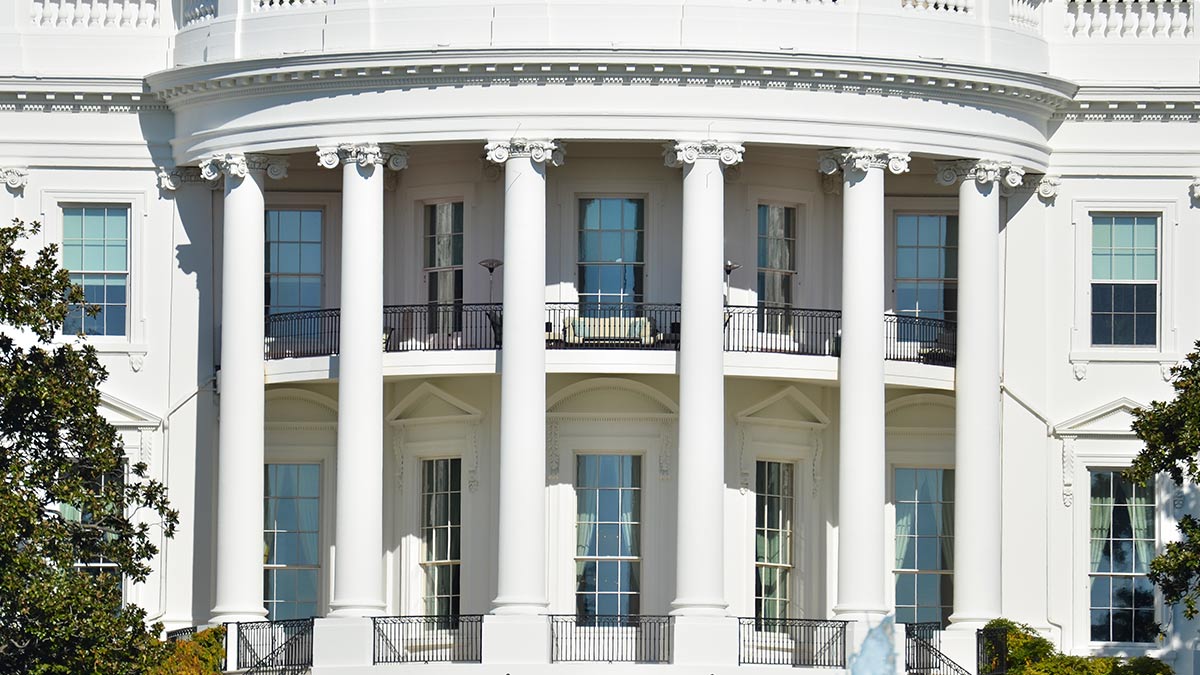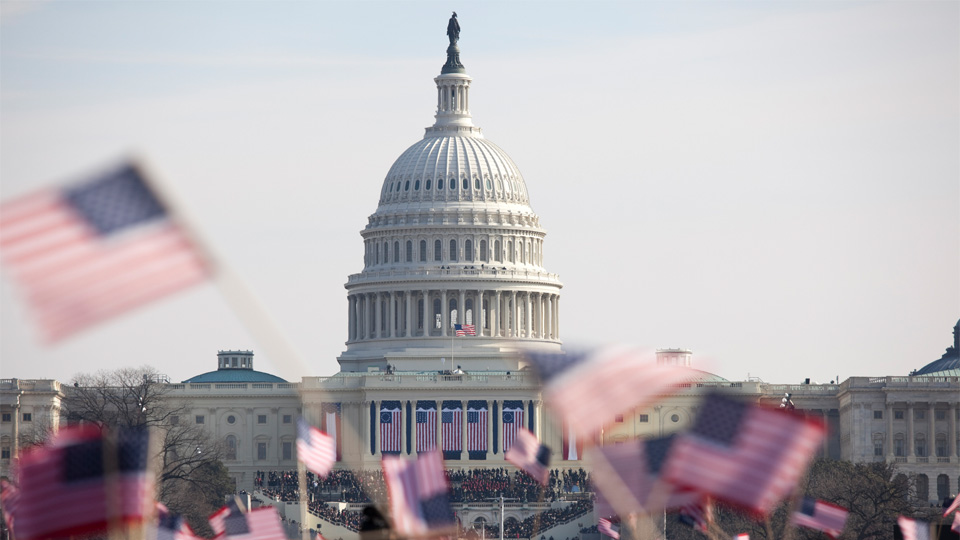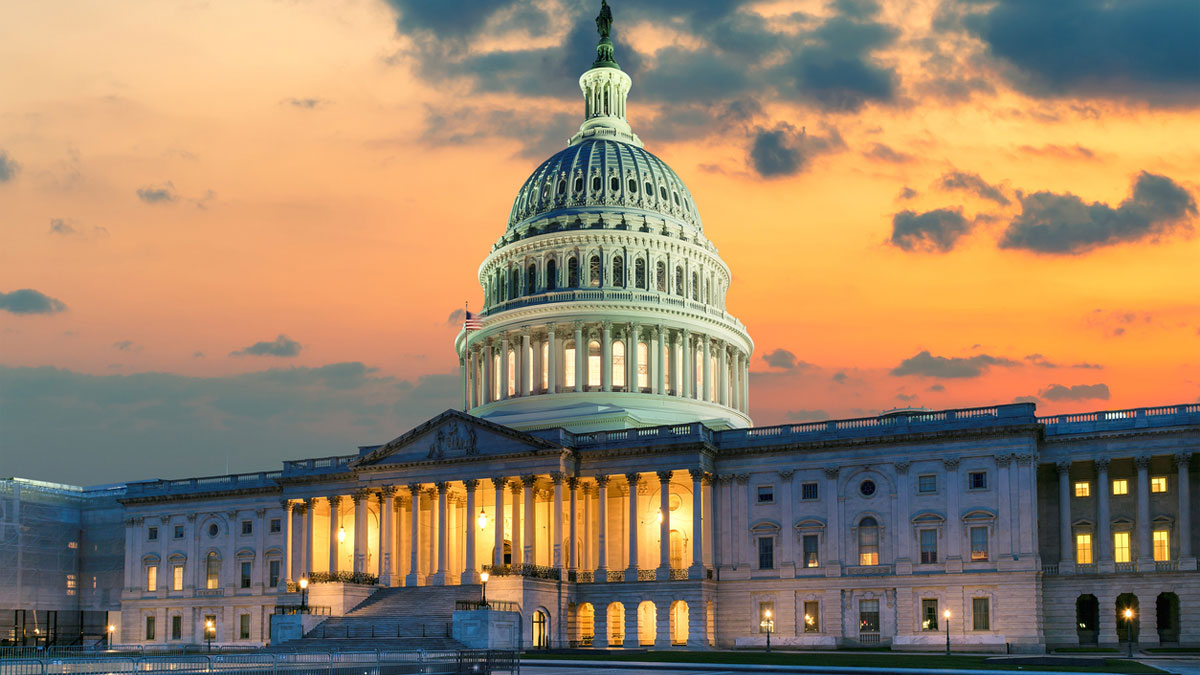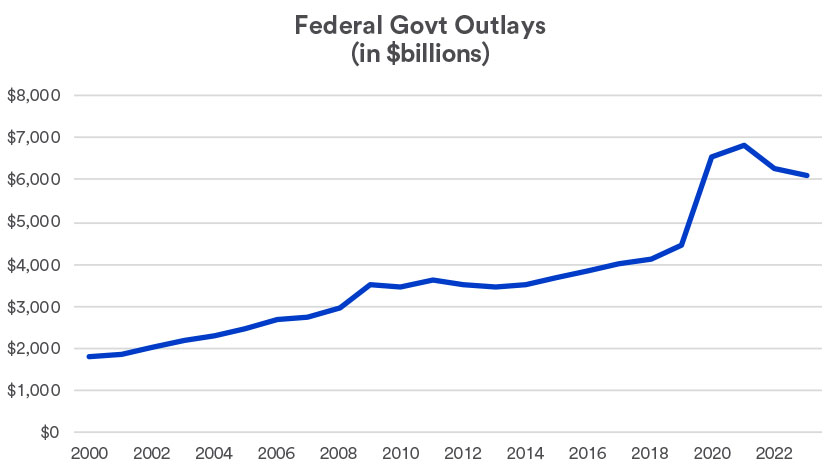Along with approving a budget, Congress faces an additional deadline to extend the federal government’s debt limit. The debt limit affects the U.S. Department of the Treasury’s ability to issue additional debt to finance government expenses. Debt issuance is required to fund deficit spending that exceeds current tax receipts. The debt limit suspension ends on January 1, 2025. In lieu of timely Congressional action, the Treasury Department, as it had to in 2023, may be required to implement “extraordinary measures” to maintain government operations and avoid a shutdown.
Given Congress’ sharp political divisions, it’s likely that the process of approving the fiscal year 2025 budget and the debt extension could again face obstacles. Investors can expect delays in Congress approving final measures on both counts.
Yet markets today are primarily attentive to fundamental factors – the strength of the economy, Federal Reserve interest rate policy, and corporate earnings – more than the state of the election or the Congressional budget process. “Congress will have to get very close to a deadline that risks a government shutdown before markets will be much focused on budget matters,” says Haworth. Congress is in recess until early September.
A strained political environment
The political realities of the makeup of Congress add to budget process challenges, according to Kevin MacMillan, head of state and federal government relations at U.S. Bank. “With Republicans having a slender majority in the House of Representatives and Democrats a slim majority in the Senate, there is only a narrow path to the ultimate budget resolution.” Several recent changes in Republican House membership, including resignations, reduced its already-slim House majority. In the Senate, Democrats have an effective two-seat majority.
November’s elections could alter party control of Congress. One-third of the 100 Senate seats are on the ballot this year, and Democrats have to hold onto a number of contested seats to maintain Senate control. All 435 House seats are up for election, and only a handful would need to shift to Democrats for the party to gain control of the House of Representatives. The next Congress won’t convene until January 3, 2025.
“A small but vocal group of House members sees the budget process as an opportunity to object to further government funding and pursue other aspects of their political agenda,” says MacMillan. Eventually, Republican leadership in the House and Democratic leadership in the Senate agreed to a 2024 budget plan that passed both houses of Congress and that President Joe Biden signed. With elections resulting in new members joining Congress in 2025, and a new president in the White House, the fiscal year 2025 budget process could be muddled.
Federal government shutdown precedents
Federal government shutdowns are not a new phenomenon. Since 1980, the federal government has partially shut down on at least 10 different occasions. Between 1980 and 1986, four shutdowns occurred lasting only one day. Three other shutdowns extended just 3-5 days. Since 1995, however, three government shutdowns occurred that lasted much longer.




